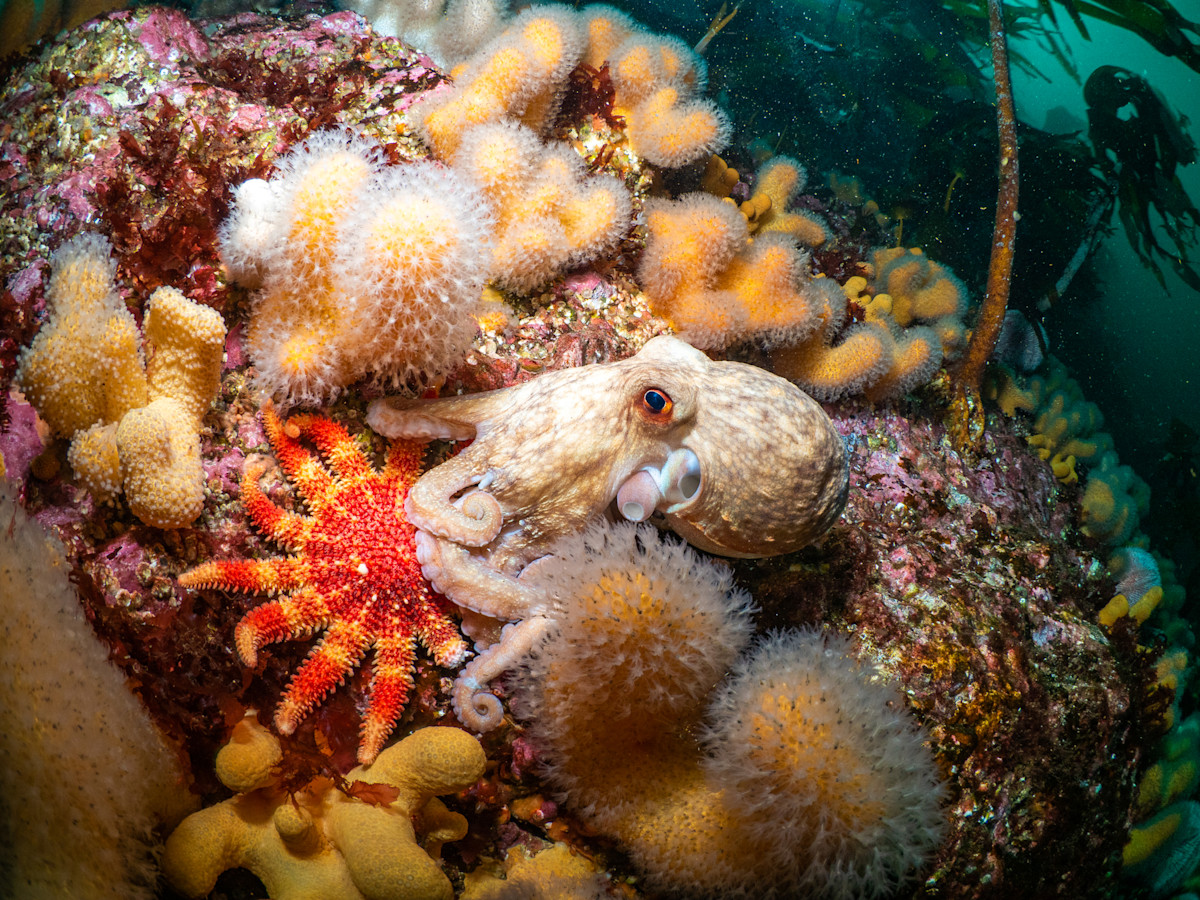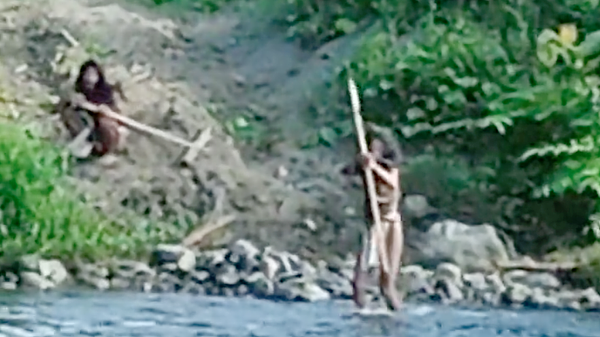- DEN Enews
- Posts
- DEN Enews
DEN Enews
So Much to Concern Us

Everything has changed: Suddenly, with a Provincial announcement last Friday, the Sandy Lake area is in grave need of your help. Sandy Lake Regional Park has been planned since 1971, when it was chosen by a joint municipal-provincial-federal program as an exceptional ecological unit for both wilderness protection and recreation, worthy of preserving for all time. That hasn’t changed.

Email us for a printable file of this sign
So far, 1,100 acres of the area is protected as Sandy Lake Regional Park (light green area in map below), but housing development in the wilderness next to the park threatens to damage the existing park (red line on map). The three main tributaries that feed the lake are within the red area proposed for housing development. The Sandy Lake – Sackville River area functions as an ecological unit. It is a key area for wildlife corridors and is invaluable as an intact, interconnected wild area with huge capacity to help with the crises of climate change and loss of biodiversity. Scientists and park planners advise protection of the area of still-wild land around the park. (yellow line on map)

But the provincial government instead picked the Sandy Lake area as one of the places to fast-track for a major housing development the size of Truro. This would damage the ecosystem right through to Bedford and Sackville and could also increase flooding downstream in the Bedford and Sackville River area.
Yes, Nova Scotia needs more houses, but it makes no sense to put them in an area needed to protect this precious Regional Park.
The facts are in. We need the political will to do the right thing.
We need you to push back.
Visit the Save Sandy Lake website, send a letter to the Premier and request/print a sign.
Suggested points to make in your letter:
The Province must listen to the complete science and good urban planning.
Housing at Sandy Lake comes at a very high cost to environment, the people’s park and to the city’s long-term servicing costs.
Sandy Lake is an immense ecological treasure too precious to sacrifice for housing.
ACT NOW



From : Sandy Martin on Facebook
Tim Houston’s government has reversed the ban on uranium exploration and mining and the moratorium on fracking without Mi’kmaw consultation, without public consultation, ignoring scientific facts and expert medical opinion and all without a MANDATE!
In fact, Tim Houston has announced 3 areas for uranium exploration in the province.. one of which is in the LaHave watershed… let that sink in.
What can you do? Write letters, call your MLA, talk to your Councillors. Volunteers have made posters specific to each MLA in the province. Find the poster for your constituency. Download it, print it off and display it throughout your community. You’ll also find suggestions to use in your letters or conversations as well as information and resources on uranium and fracking. All that via this link: https://thedirtgang.ca/.../mining-in-nova-scotia/fracking/
Volunteers have also made these graphics for social media. Please share widely!
Let's all come together and create a plan of action to voice our concerns, protect our homes, water sources, lands, our health, our Community from the proposal of a Uranium Mine in East Dalhousie.
This is an expression of interest meeting at the Community Hall to discuss the RFP the Government has put out, share information, and to come together to send letters and make our voices heard.
Please Share with all the locals whom are not on Facebook, who may be interested in getting involved.
Meeting Agenda
Location: East Dalhousie Community Hall - 6pm
Opening statement
Introduction
Slide Show/Information
Speakers
Questions
Sign up sheet and petition
We welcome you all to attend this Community Meeting of Concerned Citizens as we join together as we discuss information and we voice our concerns with our local government.
LET’S CELEBRATE THE EARTH AND ALL IT’S PRECIOUS LIFE

Join the third annual People’s Parade for Life on Earth!
What: A joyful grassroots community parade in honour of Mother Earth and the Water, followed by a potluck community feast
Where: Kjipuktuk/Halifax waterfront, starting at Sackville Landing
When: Saturday, June 7, 2025 (rain date June 8)
Time: 2-5 p.m.

Here is proof that grassroots advocacy works - inspiration for all the actions needed for Sandy Lake and fracking issues.
Some Good News: In a powerful victory for grassroots Indigenous resistance, the Achuar, Wampís, and Chapra nations have once again effectively stopped oil drilling on Block 64, keeping 55 million barrels of Amazon crude in the ground! State-owned oil company Petroperú failed to receive a single bid for Block 64 in the northern Peruvian Amazon, marking yet another win for the Indigenous opposition to extraction in their territories. This outcome follows over two decades of steadfast action, advocacy, and solidarity, and it is a blueprint for resisting oil expansion worldwide. You can sign this message of support.

with thanks to Eva Evans & Jesse Hamilton
Take a moment to stand against the increasing efforts to open up our Atlantic region to fracking and more fossil fuel projects. This pledge by Sierra Club Canada is about coming together to stop the threats these projects bring to people, nature, and a green future. On the line is human health, safe drinking water, and progress towards bringing climate emissions down. Join the community and take this pledge if you believe the future is for real climate solutions, clean energy, and energy efficiency.
Have you heard of the Hawaiian hawksbill? It’s one of the rarest sea turtles on Earth with fewer than 100 adult females nesting across the islands of Hawaii. Each year, they return to the same fragile beaches on the southern coast to lay their eggs. They are known locally as ‘honu ʻea’, they can weigh up to 270 pounds, and they take decades to reach adulthood. Their fate is written into the U.S. Endangered Species Act, which is currently being gutted. Trump is proposing that the law be rewritten so that destroying an animal’s habitat no longer counts as harm to the animal. This means developers could bulldoze nesting beaches and feeding areas, it means they could wipe out what little chance hawksbills have to survive and not have it count as ‘harm’. This applies to many species and it applies to loggers, developers, and energy companies who can destroy vital habitat without consequence, as long as they claim they didn’t intend to harm the animals living there. This is an extinction bill and a death sentence for endangered species, but there is an opportunity to use this petition to help during the current public comment period. Canadians can join in creating public pressure to demand endangered animals and their habitats be protected.
Our oceans provide so much, and our protections need to cover underwater environments. Bottom trawling has been happening in the United Kingdom’s offshore marine protected areas (MPAs). The NGO, Oceana UK, estimates more than 20,000 hours of bottom trawling took place there last year. This involves dragging heavy metal gear and weighted nets across the ocean floor, indiscriminately capturing marine life, and tearing up habitats. A recent report titled ‘The Trawled Truth’ reveals only 38 of the UK’s 377 designated MPAs are fully protected by law from this highly destructive fishing method. This means bottom trawling is permitted in 90% of marine protected areas. Add your name to this global message going to the UK’s Secretary of State for Environment, stating that marine protected areas should mean genuine marine protected areas.
Help stop an uncontacted people from being wiped out for electric car batteries. The Indigenous Hongana Manyawa people are one of the last nomadic hunter-gatherer peoples of Indonesia. There are around 500 of them who reject contact with outsiders. The name ‘Hongana Manyawa’ means ‘People of the Forest’. They live in and rely on the rainforest that covers the island of Halmahera. Both people and forest are being targeted for Indonesia’s plan to become a major producer of electric car batteries. The land and this way of living is about to be destroyed by corporations rushing to produce supposedly eco-friendly cars for people living thousands of miles away. We can help change this by urging the biggest electric vehicle companies to pledge that none of the minerals they buy ever comes from the lands of the Hongana Manyawa people. Use this petition to demand a 'no-go zone’ and to stop mining companies and Indonesian authorities from breaking international law around Free, Prior and Informed Consent (FPIC) from Indigenous people.
We’ve Signed - Will You?

with thanks to Claudia Zinck
Community Gardens - Growing more than just food
Community gardens are literally blooming across neighborhoods, schools and churchyards. These shared garden plots are more than just a spot to grow veggies and flowers; they are a place of learning, nourishment and connection.
Community gardens do address food security by providing fresh produce. Even one small garden box can provide veggies for many meals.
Environmental stewardship is encouraged here. They give the pollinators a place rest and feed. They reduce the carbon footprint. Some community gardens have a central composting area. Many have water collection areas, run off from buildings when it rains. All of this teaches skills that when learned young, will last a lifetime.
Even more important, community gardens grow community. People of all ages and backgrounds hang out there. They become friends and share tools, tips and produce. The kids learn where their food comes from and seniors become valued teachers. All find purpose in tending a shared place.
Community gardens take bare or vacant land and turn it into places with function and beauty. They promote physical, mental and social wellness reducing stress and just making you happier.
Then Grandma wanted a way to make these gardens more available. One complaint has always been getting a water source for the gardens. Although many may not mind dragging water bottles to the gardens, It would be easier to water from a central area. If the gardens are in an empty lot or field, there isn’t a hose handy. The idea of fog fences returned.
This year the (Parish of) Blandford Environment Team has received funds from the Municipality and the Aspotogan Heritage Trust to erect a fog fence and do a bit of research. More news to follow as the summer progresses.
Brilliant!
Grandma backs the idea of putting charging stations in churchyards. This is just a sideways step to reach that. Put solar panels over parking lots to gather energy 7 days a week. Let those be used to provide energy for the charging stations. It all starts with an idea.
Covering Parking lots with solar panels.

Rutgers University in Piscataway, New Jersey, with an output of 8 megawatts of electricity.
Craft Time – Goodie Bags
(Grandma is taking a technical writer’s course. The craft portion of this column is a great place for me to practise what I am learning. Please be patient while I grow. “Start with an opening line of why someone would do your craft”, they say)
Planning a kid’s party or just want something fun to hand out at your door? Making your own goody bags is easy and lots of fun. There are so many ways to do it, but here is a simple method using a sheet of copy paper. (I’m a little too enthusiastic I feel, but I am listening to my teachers right now. Tone it down a little later).
Here is how to do it
Fold the long side of the paper up about an inch
With the fold tucked inside, fold the paper in half by folding each side into the middle.
Tape the seam where the two sides meet
Fold up a quarter of a page from the bottom
Flatten the folded bottom to make triangle corners and then tape them down.
Gently open the bag, you will see a flat bottom start to form.
Punch two holes at the top and add ribbon or yarn for handles. You could just use a clothes pin to close the bag.
This idea came from Craft and Creativity. The author actually took apart a bag to figure it out and then made her own bags in different colours. Her photo of how to fold was very useful. See her article at https://craftandcreativity.com/blog/2012/06/15/diypartybag/

Something to eat
It was a cold and rainy Saturday. I had put beans on to soak the night before.
Bread usually means an all-day affair, but Grandma has a recipe that will give you fresh bread in just an hour or two. Better still, it is brown bread to go with those beans.
One Loaf Brown Bread
Ingredients:
2 tsp active dry yeast
1 tbsp brown sugar
1 cup warm water
3 cups flour
3 tbsp molasses
1 tbsp oil (any kind)
Dash of salt
Instructions:
Activate the Yeast
In a small bowl, combine the yeast, brown sugar, and warm water. Let it sit for about 5 minutes, or until it becomes frothy.Prepare the Dough
In a large bowl, mix together the flour, molasses, salt, and oil. Add the frothy yeast mixture and stir until a dough forms.Knead the Dough
Turn the dough out onto a lightly floured surface and knead for about 5–7 minutes, or until the dough is smooth and elastic. Add a little extra flour if the dough is too sticky.Shape and Rise
Divide the dough in half and shape each piece into a smooth ball. Place both balls side by side in a greased loaf pan. Cover with a clean towel and let rise in a warm place for about 1 hour, or until doubled in size.Bake
Preheat the oven to 350°F (175°C). Bake the bread for 25–30 minutes, or until the top is golden brown and the loaf sounds hollow when tapped.Cool
Remove from the pan and let cool on a wire rack before slicing.
Grandma isn’t sure if she likes this format yet. I got good marks for my assignment on recipes, but it doesn’t feel right yet. It is like my grandson’s essay he asked AI to write for him. Maybe the course is taught by AI. Learn first, evaluate later. Till next week, Grandma is sending hugs.
Something to eat
We all agree that groceries are more expensive but there are still ways to create yummy inexpensive food. Grandma walked past a stand where nice hard apples, probably a dozen of them were in a bag marked down to $3.27. Once home I made an apple crumble that made 6 desserts. We did add oatmeal, butter, flour and milk, but each dessert extended the meal cost 55 or 60 cent.
Having ideas to extend meals can sometimes be the hard part. Finding a way to take what you have and make something is a genius art form
Grandma’s Apple Crumble
4 cups sliced apples
¼ cup butter
Vanilla
1 cup oatmeal
½ cup flour
Place apples in the bottom of a baking dish. Mix remaining ingredients till they look like crumbles and pour over the apples. If the apples seem dry add a little water or milk to the dish. Bake 350 for about 25 minutes

With thanks to Wild Goose Festival for the post and to Bishop Sandra for sharing it so we may have hope.

Wherever your heart is on any environmental issue, may you find the strength to follow it to justice. May God be with you on your path. Let us know how you are finding hope: [email protected]





